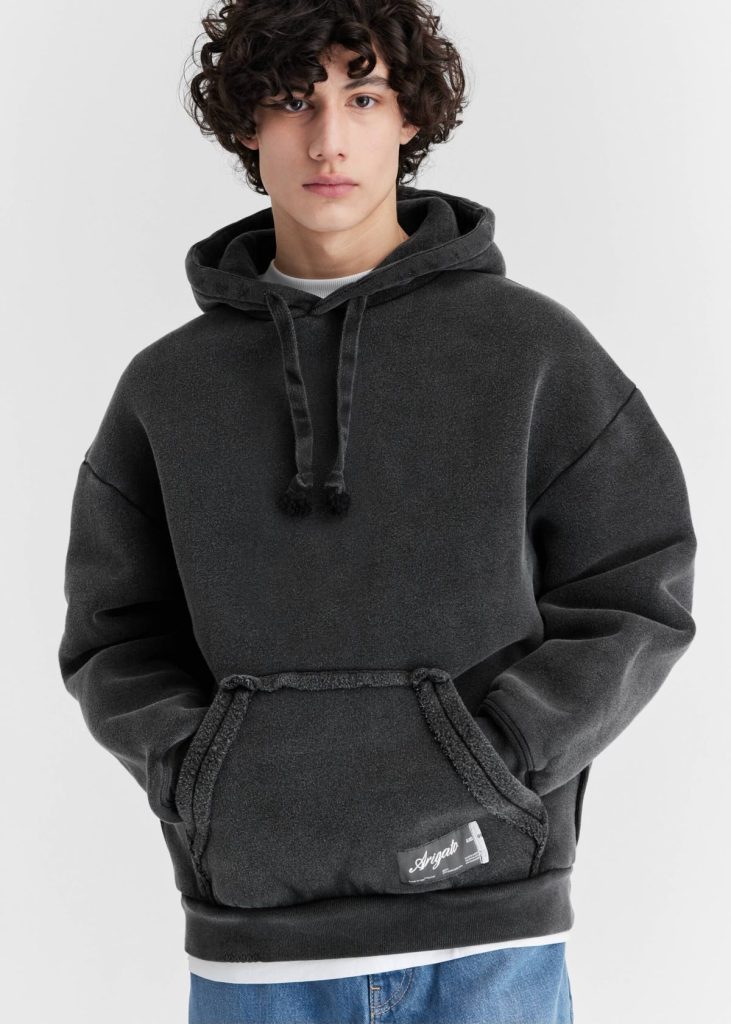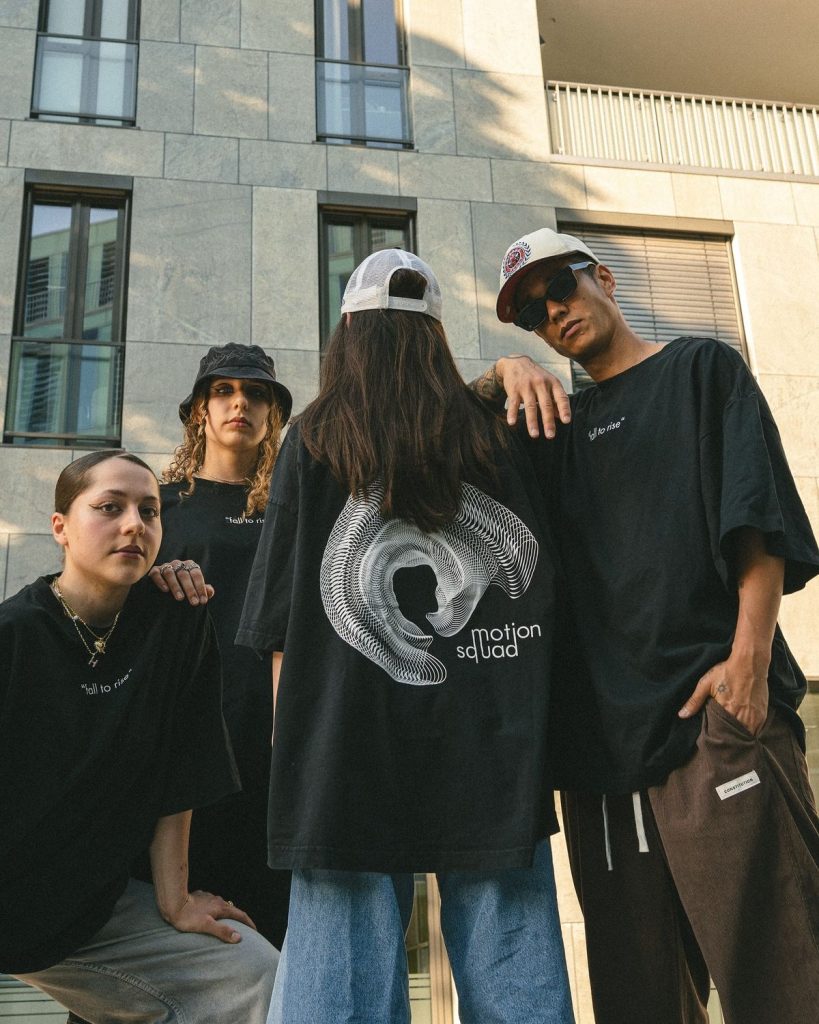Introduction
In the evolving narrative of fashion, 2025 signals a meaningful shift toward deeper emotional intelligence and psychological awareness in what we wear. Clothing is no longer designed solely to appeal aesthetically or signal status—it is now a responsive and communicative tool that mirrors inner emotional landscapes. The rise of mindful fashion introduces garments that are capable of interpreting, responding to, and even supporting mental states. “Mindful Fashion: Clothing That Reflects Mental States” delves into this innovative intersection of wellness, technology, and design. It examines how clothing is becoming a medium of personal alignment, emotional expression, and psychological support, transforming wardrobes into mindful ecosystems that connect body, brain, and environment.
The Psychology of Dress: From Expression to Reflection
Traditionally, fashion has been a mode of outward expression, a way to communicate identity, affiliation, and emotion. In 2025, this expressive role evolves into a reflective one. Mindful fashion uses neuroscience and behavioral research to craft garments that help the wearer become more aware of their internal state. Mood-sensing textiles, color-shifting fabrics, and emotionally adaptive silhouettes foster self-awareness and emotional regulation. The psychology of dress now plays a critical role in mental health advocacy, blending aesthetics with tools for introspection. Clothing becomes a mirror—not just to the world, but to the self.
Smart Fabrics and Emotional Response Systems
The emergence of smart textiles has redefined what clothing can do. In 2025, these fabrics go beyond basic interactivity to offer advanced mood-detection capabilities. Embedded biometric sensors measure heart rate variability, galvanic skin response, and cortisol levels, translating these signals into visual changes in the fabric. The garment may shift hue to signal stress or adjust temperature in response to emotional discomfort. These intelligent response systems create a real-time feedback loop between mind and material, allowing wearers to tune into their state of being and take mindful action throughout the day.
Mood-Tracking Wearables Integrated Into Everyday Garments
Mood-tracking devices are no longer just wristbands or apps—they are now fully integrated into everyday wear. Seamless incorporation of emotional sensors into shirts, jackets, or accessories offers continuous psychological mapping. In 2025, fashion brands collaborate with wellness tech startups to produce clothing that syncs with mindfulness platforms, providing users with personalized insights on mood patterns, anxiety triggers, and emotional trends. These integrations empower users to track their mental wellness as easily as they monitor physical fitness, blurring the line between emotional care and daily attire.
Color Psychology and Garment Design
Color remains one of the most powerful emotional communicators in fashion. Designers in 2025 harness this influence by intentionally curating palettes that promote mental well-being. Soothing pastels may calm anxiety, while energizing tones uplift and motivate. Some pieces incorporate chromotherapy principles, using LED-infused fabrics to create color environments tailored to the wearer’s psychological needs. Mindful fashion goes beyond trend cycles—it prioritizes emotional harmony. In this landscape, each color choice becomes a statement of support, subtly guiding the wearer toward balance and resilience.
Mindful Materials and Sustainable Wellness
The connection between mindfulness and sustainability grows deeper in 2025. Conscious consumers seek fabrics that not only feel good physically but also align ethically and emotionally. Brands prioritize organic fibers, low-impact dyes, and biodegradable components that minimize environmental stress while promoting inner peace. Materials such as hemp, bamboo, and algae-based textiles are chosen for their calming textures and wellness benefits. Sustainable fashion is reframed as self-care—where eco-conscious choices contribute not only to planetary health but also to individual psychological balance.
Mindfulness-Inspired Design Philosophy
Designers embracing the mindful fashion movement often adopt a philosophy rooted in simplicity, intentionality, and emotional resonance. Collections are built around sensory awareness, tactile engagement, and gentle form. Pieces may feature soft draping that mimics natural flow, structured seams that ground the body, or meditative symbols stitched subtly into the fabric. Design becomes a quiet practice, mirroring mindfulness itself—a process of attention, presence, and non-judgment. This approach invites wearers to slow down, breathe deeper, and dress with awareness.
Fashion as a Mental Health Dialogue
In 2025, mindful fashion becomes a powerful vehicle for mental health advocacy. Brands use storytelling, design, and community engagement to break stigmas and foster empathy. Collections are launched in collaboration with therapists, wellness experts, and individuals with lived experience. Campaigns highlight emotional narratives rather than seasonal aesthetics, encouraging open dialogue around anxiety, depression, and neurodiversity. The runway becomes a stage for healing. The fitting room, a space of emotional alignment. Fashion not only dresses bodies—it now embraces minds.
Adaptive Fashion for Emotional Comfort
Adaptive fashion in 2025 extends beyond physical accessibility to include emotional comfort. Garments adjust in real time based on mood indicators, offering tactile relief, supportive compression, or comforting scents. A hoodie may tighten gently during panic, mimicking a weighted blanket. A scarf may release calming lavender oil when stress levels spike. These thoughtful adaptations transform clothing into therapeutic tools, combining emotional awareness with physical support. Adaptive design reshapes the notion of comfort—one that prioritizes not just fit, but feeling.
The Role of Meditation and Ritual in Fashion Use
Mindful fashion encourages new ways of engaging with clothing through ritual and intention. Instead of rushed dressing, wearers are guided to approach their wardrobe as part of a daily mental wellness practice. Morning routines may include conscious garment selection based on mood or energy goals. Clothing tags may include mindfulness prompts or breathing exercises. The act of getting dressed becomes meditative, an invitation to ground oneself before entering the world. In 2025, fashion becomes a ritual—a sacred moment of self-connection.
AI-Powered Mood Styling and Emotional Wardrobes
Artificial intelligence contributes to mindful fashion by curating wardrobes that support mental states. AI stylists, informed by biometric data and mood tracking, suggest outfits that align with emotional goals. If stress is detected, calming ensembles are recommended. If energy is low, vibrant combinations offer a boost. These emotional wardrobes are curated in real time, adapting as the user’s inner state shifts. Fashion becomes an intuitive companion—one that understands the wearer’s needs and responds with empathy and creativity.
The Future of Fashion Retail as Wellness Space
Fashion retail in 2025 is reimagined as a wellness environment. Stores feature sensory design, tranquil lighting, and quiet zones for mindfulness breaks. Fitting rooms become emotional sanctuaries equipped with aroma diffusers, guided meditations, and mood-sensing mirrors. Retail staff are trained not only in style consultation but also in emotional sensitivity. Shopping transforms from consumption to connection—a journey of self-exploration supported by soothing environments and mindful interactions. The act of purchasing becomes holistic, blending inner care with outward expression.
Conclusion
Mindful fashion in 2025 represents a revolution in how we view, use, and experience clothing. It signals a departure from superficiality and a return to presence, intention, and emotional resonance. By merging technology, design, and psychology, garments evolve into partners in mental wellness—expressing, reflecting, and supporting the complexities of the human mind. In this future, fashion is not merely worn—it listens, responds, and heals. It becomes a soft armor for the inner world, woven with empathy, and designed for wholeness.



